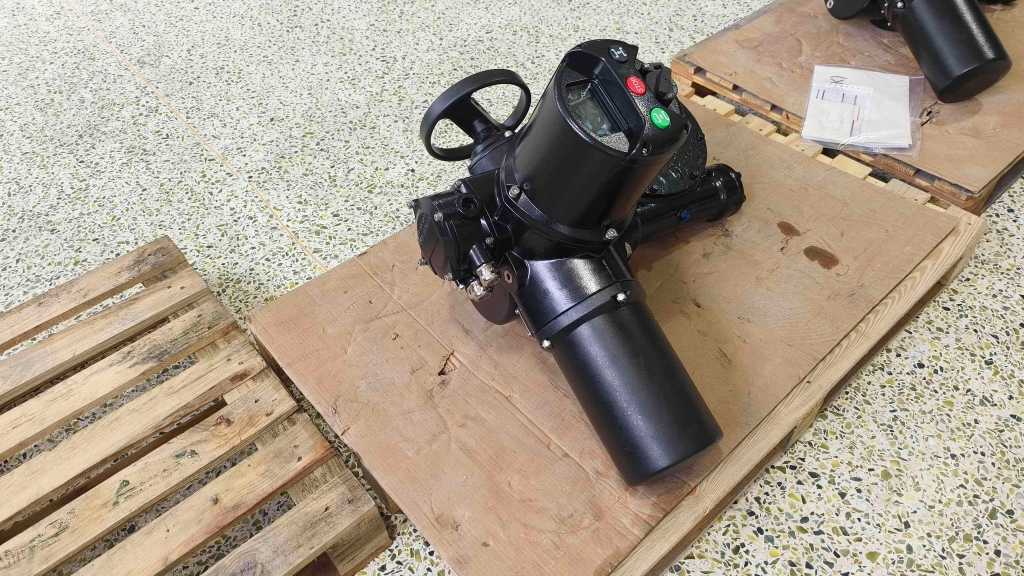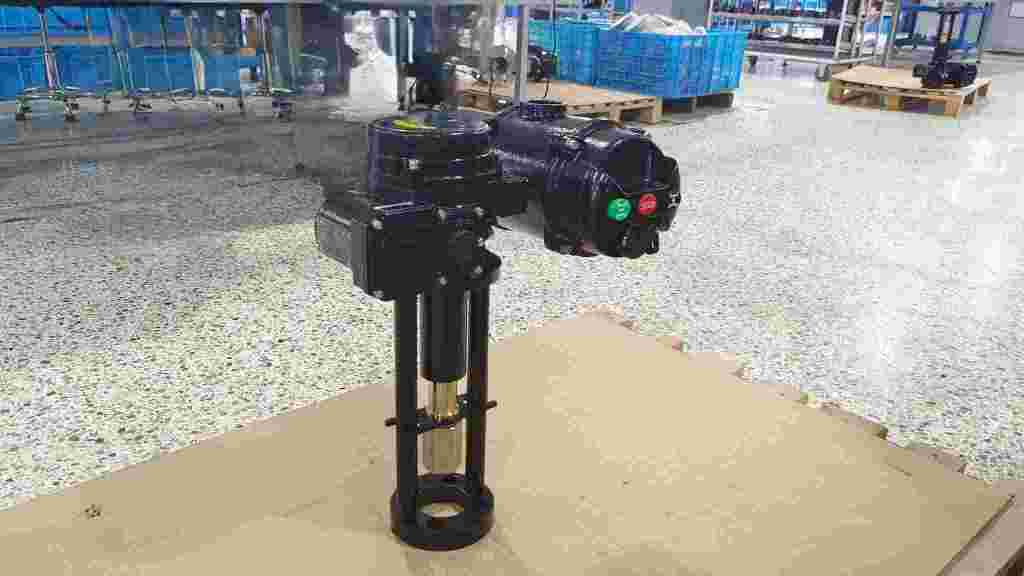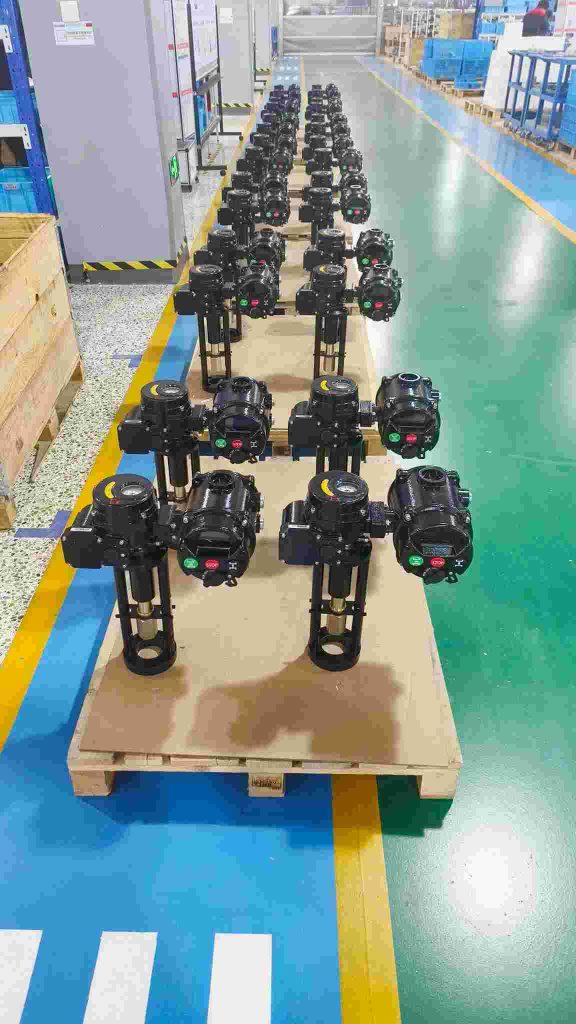In recent years, the field of robotics and automation has seen remarkable advancements, driven by the demand for more efficient, adaptive, and intelligent systems. One of the most groundbreaking innovations in this space is the development of Intelligent Integrated Actuators (IIAs). These advanced devices not only perform mechanical actions but also incorporate sensors, processing units, and decision-making algorithms into a single integrated system. IIAs hold the potential to revolutionize industries from manufacturing to healthcare, offering a higher degree of autonomy, flexibility, and precision.

What is an Intelligent Integrated Actuator?

At its core, an Intelligent Integrated Actuator (IIA) is a sophisticated device that combines an actuator with additional components such as sensors, microcontrollers, and communication interfaces. The actuator itself is responsible for converting energy (typically electrical, hydraulic, or pneumatic) into mechanical movement. However, unlike traditional actuators, IIAs integrate smart capabilities that enable them to process real-time data, adjust their behavior based on environmental conditions, and communicate with other systems autonomously. The integration of sensors within the actuator allows for feedback loops that enhance control and precision. For example, force, position, and temperature sensors enable the actuator to monitor its own performance and adapt to changing conditions. A microcontroller embedded within the actuator can process sensor data and make decisions about how to adjust the actuator’s behavior accordingly. This autonomous decision-making capability significantly improves the efficiency and reliability of robotic systems that rely on IIAs.
